The global home sleep screening device market is experiencing significant growth, driven by increasing awareness about sleep disorders and the importance of sleep health. This market is characterized by a diverse array of devices designed for accurate monitoring of sleep patterns and diagnosing sleep apnea from the comfort of home.
Several key players are competing in this expanding market, focusing on technological advancements, innovative solutions, and strategic collaborations. As consumer demand for user-friendly and effective sleep screening solutions rises, companies are investing in research and development to enhance the accuracy and reliability of their products.
The competitive landscape is shaped by player differentiation based on features, pricing strategies, and the ability to integrate with digital health platforms, leading to a dynamic and rapidly evolving market environment.
Medtronic has established a formidable presence in the global home sleep screening device market, leveraging its extensive experience in the healthcare sector to provide high-quality and reliable sleep diagnostic tools.
The company's strengths include a robust product portfolio that caters to a wide range of sleep disorders, supported by rigorous clinical research and regulatory compliance. Medtronic's commitment to innovation allows it to stay ahead in the competitive landscape, offering advanced technologies that enhance patient engagement and simplify the sleep screening process.
With a strong distribution network and strategic partnerships, Medtronic effectively reaches healthcare providers and customers, ensuring that its devices are widely accessible. This extensive market presence, combined with a focus on user-friendly designs and ongoing customer support, positions Medtronic as a key player in the global home sleep screening device market.
SleepScore Labs is making significant strides in the global home sleep screening device market with its unique focus on sleep science and technology. The company is known for its innovative approach to sleep tracking, utilizing advanced algorithms and proprietary technology to provide users with highly accurate sleep assessments.
SleepScore Labs leverages data-driven insights to help individuals better understand and improve their sleep quality. One of the company’s key strengths is its emphasis on user experience, designing devices that are not only effective but also intuitive and easy to use.
This focus on enhancing consumer experience, combined with partnerships with leading health organizations and research institutions, allows SleepScore Labs to build credibility and trust in the marketplace. Its ability to continuously adapt and align with consumer needs positions SleepScore Labs as a formidable competitor in the rapidly growing global home sleep screening device market.



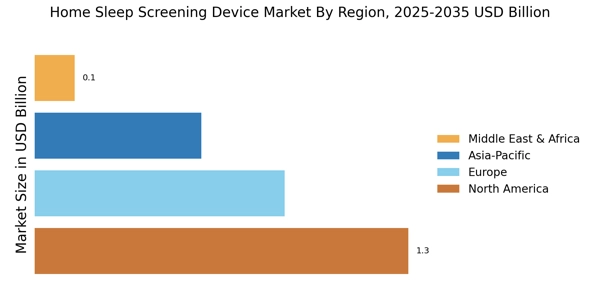
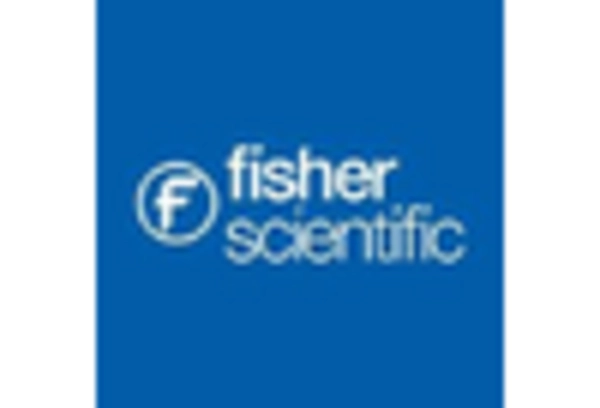

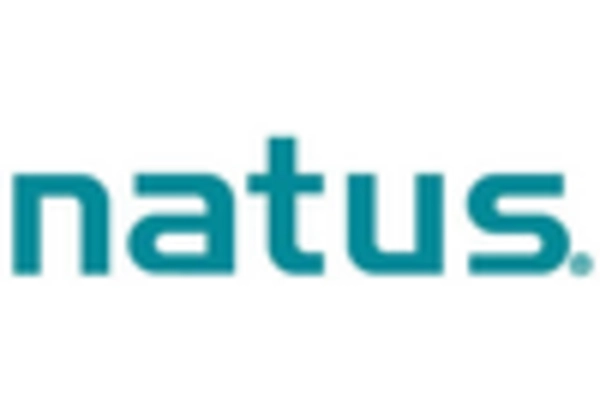

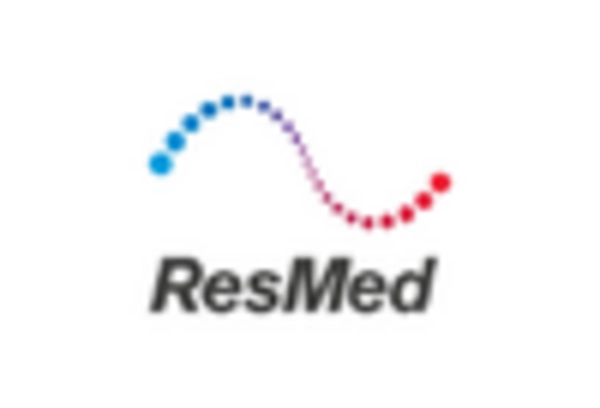
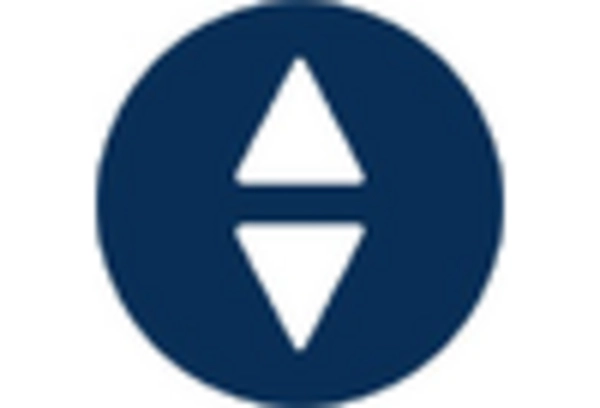








Leave a Comment